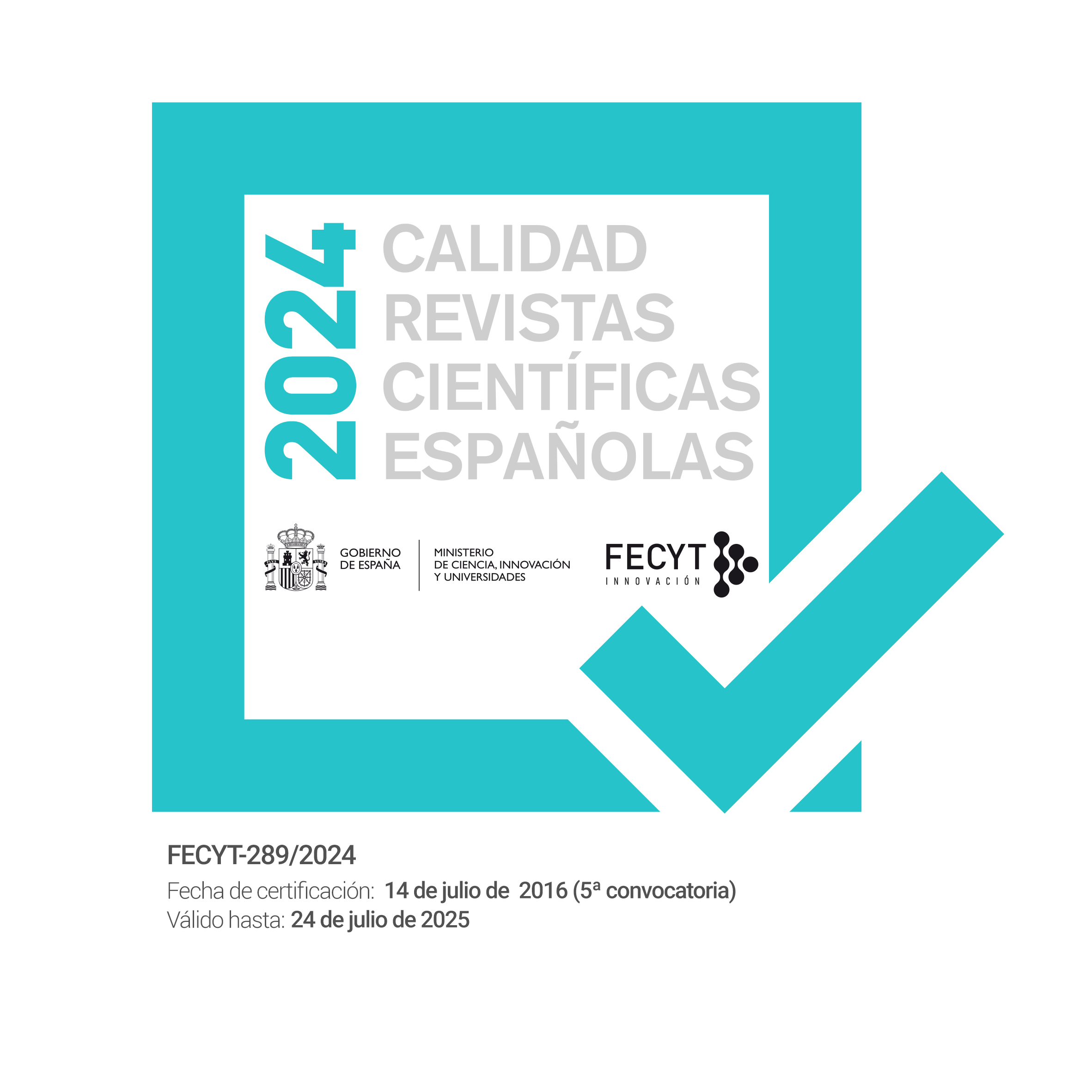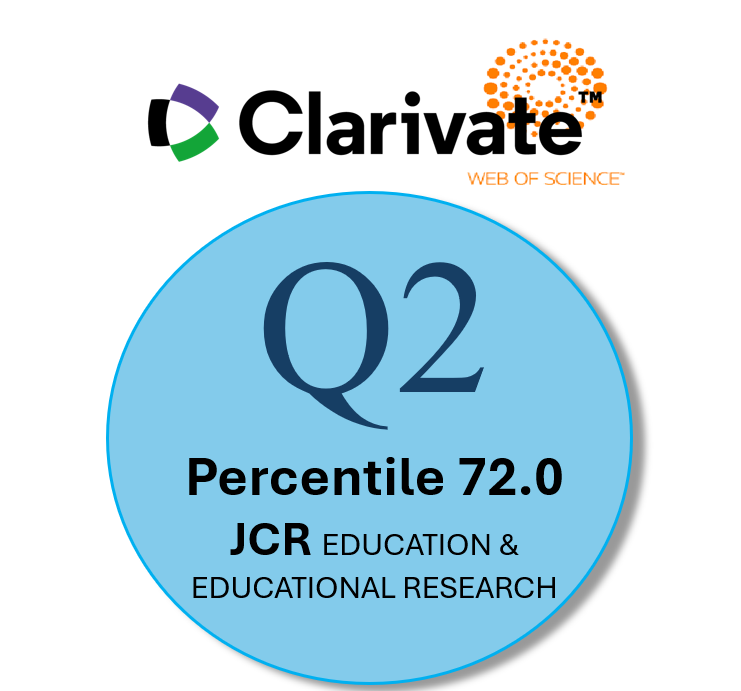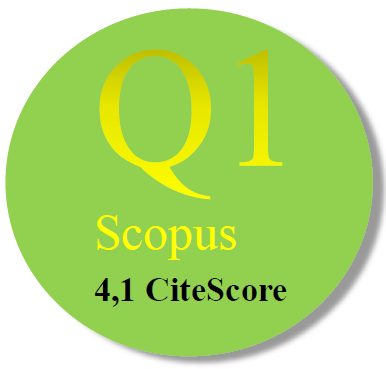The instructional theory framework appears lost. Isn’t it time we find it again?
Abstract
Most researchers who design innovative digital learning experiences, and then conduct research that investigates the usefulness of those learning experiences, fail to fully apply instructional theory (Reigeluth, 1983, 1999; Reigeluth & Carr-Chellman, 2009a) as the foundation of their designs and the focus of their research. This choice negatively impacts researchers’ design judgment (Boling, et al. 2017) and their credibility as the guarantor of design (Stolterman & Nelson, 2000). This ultimately leads to diffusion barriers when disseminating their digital learning innovations. The purpose of this paper is to help researchers and learning-experience designers overcome these diffusion barriers by embracing instructional theory as the foundation for their designs and using six principles for conducting research aligned with instructional theory: 1) Know complex systems qualitatively, 2) Value the treatment design fundamentals, 3) Practice unbiased consideration of instructional methods, 4) Respect the instructional design iron triangle, 5) Differentiate between methods and media, and 6) Know your personal instructional design theory.
Downloads
-
Abstract2312
-
PDF1959
References
Barab, S. A., & Squire, K. D. (2004). Design-based research: Putting our stake in the ground. Journal of the Learning Sciences, 13(1), 1-14.
Boling, E., Alangari, H., Hajdu, I. M., Guo, M., Gyabak, K., Khlaif, Z., Kizilboga, R., Tomita, K., Alsaif, M., Lachheb, A., Bae, H., Ergulec, F., Zhu, M., Basdogan, M., Buggs, C., Sari, A., and Techawitthayachinda, R.I. (2017). Core judgments of instructional designers in practice. Performance Improvement Quarterly, 30(3), 199-219. DOI: 10.1002/piq.21250
Bostwick, J. A., Calvert, I. W., Francis, J., Hawkley, M., Henrie, C. R., Hyatt, F. R., Juncker, J., & Gibbons, A. S. (2014). A process for the critical analysis of instructional theory. Educational Technology Research & Development, 62(2), 571-582. https://doi-org.proxyiub.uits.iu.edu/10.1007/s11423-014-9346-5
Brenneman, J. (1989, March). When you can’t use a crowd: Single-subject testing. Performance & Improvement, 22-25.
Brown, A., & Campione, J. (1996). Psychological theory and the design of innovative learning environments: On procedures, principles, and systems. In L. Schauble & R. Glaser (Eds.), Innovations in learning: New environments for education (pp. 289–325). Mahwah, NJ: Lawrence Erlbaum Associates.
Bruner, J. S. (1966). Toward a theory of instruction. Cambridge, MA: Belknap Press.
Chen, G-D., Fan, C-Y., Chang, C-Y., Chang, Y-H., & Chen, Y-H. (2018). Promoting autonomy and ownership in students studying English using digital comic performance-based learning. Educational Technology Research and Development, 66, 955-978. https://doi.org/10.1007/s11423-018-9597-7
Cillers, P. (2000). Complexity and postmodernism. London: Routledge.
Clark, R. E. (1985). Evidence for confounding in computer-based instruction studies: Analyzing the meta-analyses. Educational Communications and Technology Journal, 33(4), 249-262.
Clark, R. E. (1986). Absolutes and angst in educational technology research: A reply to Don Cunningham. Educational Communications and Technology Journal, 34(1), 8-10.
Clark, R. E. (1994). Media will never influence learning. Educational Technology Research & Development, 42(2), 21-29.
Clark, F. E., & Angert, J.F. (1980). Instructional design research and teacher education. Paper presented at the Annual Meeting of the Southwest Educational Research Association (San Antonio, TX, February 8, 1980). ERIC Document 183528.
Collins, A., Joseph, D., & Bielaczyc, K. (2004). Design research: Theoretical and methodological issues. The Journal of the Learning Sciences, 13(1), 15-42. https://doi.org/10.1207/s15327809jls1301_2
Cunningham, D. J. (1986). Good guys and bad guys. Educational Communications and Technology Journal, 34(1), 3-7.
Czeropski, S., & Pembroke, C. (2017). E-learning ain’t performance: Revising HPT in an era of agile and lean. Performance Improvement, 56(8), 37-47. 10.1002/pfi.21728
Design-Based Research Collective. (2003). Design-based research: An emerging paradigm for educational inquiry. Educational Researcher, 32(1), 5-8.
English, R. E., & Reigeluth, C. M. (1996). Formative research on sequencing instruction with the elaboration theory. Educational Technology Research and Development, 44(1), 23-42.
Fuad, M., Debzani, D., Etim, J., & Gloster, C. (2018). Mobile response system: a novel approach to interactive and hands-on activity in the classroom. Educational Technology Research and Development, 66, 493-514. https://doi.org/10.1007/s11423-018-9570-5
Gibbons, A. S., & Rogers, P. C. (2009). The architecture of instructional theory. In C. M. Reigeluth & A. Carr-Chellman (Eds.), Instructional-design theories and models: Building a common knowledge base (Vol. III) (pp. 305-326). Hillsdale, NJ: Lawrence Erlbaum Associates.
Gresalfi, M. S., Rittle-Johnson, B., Loehr, A., & Nichols, I. (2018). Design matters: Explorations of content and design in fraction games. Educational Technology Research and Development, 66, 579-596. https://doi.org/10.1007/s11423-017-9557-7
Gropper, G. L. & Kress, G.C. (1965). Individualizing instruction through pacing procedures. AV Communications Review, 13(2), 165-182.
Hannifin, M. J., & Rieber, L.P. (1989). Psychological foundations of instructional design for emerging computer-based instructional technologies, part II. Educational Technology Research and Development, 37(2), 102-114.
Heinich, R., Molenda, M., & Russell, J. D. (1989). Instructional Media (3rd Ed.). Macmillian: New York.
Honebein, P. C. (2009, January-February). Transmergent learning and the creation of extraordinary learning experiences. Educational Technology, 27-34.
Honebein, P. C. (2016). The influence of values and rich conditions on designers’ judgments about useful instructional methods. Educational Technology Research & Development, 65(2), 341-357. https://doi.org/10.1007/s11423-016-9485-y
Honebein, P. C. (2019). Exploring the galaxy question: The influence of situation and first principles on designers’ judgments about useful instructional methods. Educational Technology Research & Development, 67(3), 665-689. https://doi.org/10.1007/s11423-019-09660-9
Honebein, P. C., & Honebein, C. H. (2014). The influence of cognitive domain content levels and gender on designer judgments regarding useful instructional methods. Educational Technology Research & Development, 62(1), 53-69. https://doi.org/10.1007/s11423-013-9322-5
Honebein, P. C., & Honebein, C. H. (2015). Effectiveness, efficiency, and appeal: pick any two? The influence of learning domains and learning outcomes on designer judgments of useful instructional methods. Educational Technology Research & Development, 63(6), 937-955. https://doi.org/10.1007/s11423-015-9396-3
Honebein, P. C., & Sink, D. L. (2012). The practice of eclectic instructional design. Performance Improvement, 51(10), 26-31.
Huang, W. D., & Wu, C-G. (2017). An analysis of instructional design and technology departments. Educational Technology Research and Development, 65, 1495-1521. https://doi.org/10.1007/s11423-017-9529-y
Huitt, W. G., Monetti, D. D., & Hummel, J. H. (1999). Direction approach to instruction. In C.M. Reigeluth (Ed.), Instructional-design theories and models: A new paradigm of instructional theory, volume II (pp. 73-97). Hillsdale, NJ: Lawrence Erlbaum Associates.
Kanner, J. H., Katz, S., Mindak, W., & Goldsmith, P. (1958). Television in army training: Evaluation of television for “intensive” training and for reducing instructor and student training time and costs. Audio-Visual Communications Review, 6, 255-290. https://doi-org.proxyiub.uits.iu.edu/10.1007/BF02768458
Lange, A. A. (2019). Technology, instructional methods, and the systemic messiness of innovation: improving reading fluency for low socio‑economic elementary school students. Educational Technology Research and Development, 67, 1333-1350. https://doi.org/10.1007/s11423-019-09675-2
Lee, J., & Jang, S. (2014). A methodological framework for instructional design model development: Critical dimensions and synthesized procedures. Educational Technology Research and Development, 62,743-765. 10.1007/s11423-014-9352-7
Liu, M., McKelroy, E., Corliss, S. B., & Carrigan, J. (2017). Investigating the effect of an adaptive learning intervention on students’ learning. Educational Technology Research and Development, 65, 1605-1625. https://doi.org/10.1007/s11423-017-9542-1
Mager, R. F. (1984). Preparing instructional objectives. Belmont, CA: Lake.
Mavridis, A., Katmada, A., & Tsiatsos, T. (2017). Educational Technology Research and Development, 65, 1451-1470. https://doi.org/10.1007/s11423-017-9522-5
McKenna, L. M. (1993). The relationship between attributes of a children's radio program and its appeal to listeners. Educational Technology Research & Development, 41(1), 17-28.
Merrill, M. D. (2002). First principles of instruction. Educational Technology Research and Development, 50(3), 43-59.
Merrill, M. D. (2009). First principles of instruction. In C. M. Reigeluth & A. Carr-Chellman (Eds.), Instructional-design theories and models: Building a common knowledge base (Vol. III) (pp. 41-56). Hillsdale, NJ: Lawrence Erlbaum Associates.
Molenda, M. (2003). In search of the elusive ADDIE model. Performance Improvement, 42(4), 34-36.
Nelson, H. G., & Stolterman, E. (2012). The design way: Intentional change in an unpredictable world (2nd ed.). Cambridge, MA: MIT Press.
Pelánek, R. (2019). Managing items and knowledge components: domain modeling in practice. Educational Technology Research and Development, 67. https://doi.org/10.1007/s11423-019-09716-w
Reigeluth, C.M. (1983). Instructional Design: What is it and Why is it? In C.M. Reigeluth (Ed.), Instructional-design theories and models: An overview of their current status (pp. 3-36). Hillsdale, NJ: Lawrence Erlbaum Associates.
Reigeluth, C.M. (1999). What is Instructional-Design Theory and How is it Changing? In C.M. Reigeluth (Ed.), Instructional-design theories and models: A new paradigm of instructional theory, volume II (pp. 5-29). Hillsdale, NJ: Lawrence Erlbaum Associates.
Reigeluth, C. M., Beatty, B. J., & Myers, R. D. (Eds.). (2017). Instructional-design theories and models, Volume IV: The learner-centered paradigm of education. New York, NY: Routledge.
Reigeluth, C.M. & Carr-Chellman, A. (2009a). Understanding instructional theory. In C. M. Reigeluth & A. Carr-Chellman (Eds.), Instructional-design theories and models: Building a common knowledge base (Vol. III) (pp. 3-26). Hillsdale, NJ: Lawrence Erlbaum Associates.
Reigeluth, C.M. & Carr-Chellman, A. (2009b). Situational principles of instruction. In C. M. Reigeluth & A. Carr-Chellman (Eds.), Instructional-design theories and models: Building a common knowledge base (Vol. III) (pp. 57-68). Hillsdale, NJ: Lawrence Erlbaum Associates.
Reigeluth, C. M., & Frick, T. W. (1999). Formative research: A methodology for creating and improving design theories. In C.M. Reigeluth (Ed.), Instructional-design theories and models: A new paradigm of instructional theory, volume II (pp. 633-651). Hillsdale, NJ: Lawrence Erlbaum Associates.
Reigeluth, C.M. & Keller, J. B. (2009). Understanding instruction. In C. M. Reigeluth & A. Carr-Chellman (Eds.), Instructional-design theories and models: Building a common knowledge base (Vol. III) (pp. 27-35). Hillsdale, NJ: Lawrence Erlbaum Associates.
Reigeluth, C. M., Myers, R. D., & Lee, D. (2017). The learner-centered paradigm of education. In C. M. Reigeluth, B. J. Beatty, & R. D. Myers (Eds.), Instructional-design theories and models, Volume IV: The learner-centered paradigm of education (Vol. IV, pp. 5-32). New York, NY: Routledge.
Rogers, E. M. (2003). Diffusion of Innovations (5th Ed.). New York: Free Press.
Rominus, M., Eklund, K., Pesu, L., & Lyytinen, H. (2019). Supporting struggling readers with digital game‑based learning. Educational Technology Research and Development, 67, 639-663. https://doi.org/10.1007/s11423-019-09658-3
Rowland, G. (1993). Designing and instructional design. Educational Technology Research & Development, 41(3), 79-91.
Rowland, G. (2007). Performance improvement assuming complexity. Performance Improvement Quarterly, 20(2), 117-136.
Shadiev, R., Hwang, W-Y., & Liu, T-Y. (2018). Investigating the effectiveness of a learning activity supported by a mobile multimedia learning system to enhance autonomous EFL learning in authentic contexts. Educational Technology Research and Development, 66, 893-912. https://doi.org/10.1007/s11423-018-9590-1
Shank, R. C., Berman, T. R., & Macpherson, K. A. (1999). Learning by doing. In C.M. Reigeluth (Ed.), Instructional-design theories and models: A new paradigm of instructional theory, volume II (pp. 161-181). Hillsdale, NJ: Lawrence Erlbaum Associates.
Solomon, D. L. (2000). Toward a post-modern agenda in instructional technology. Educational Technology Research & Development, 48(4), 5-20.
Solomon, D. L. (2000). Rediscovering post-modern perspectives in IT: Deconstructing Voithofer and Foley. Educational Technology Research & Development, 50(1), 15-20.
Stolterman, E., & Nelson, H. (2000). The guarantor of design. Proceedings of IRIS 23. Laboratorium for Interaction Technology, University of Trollhättan Uddevalla, 2000. L. Svensson, U. Snis, C. Sørensen, H. Fägerlind, T. Lindroth, M. Magnusson, C. Östlund (eds.)
Tosti, D. T. & Ball, J. R. (1969). A behavioral approach to instructional design and media selection. AV Communications Review, 17(1), 5-24.
Vandermeer, A. W. (1954). Color vs. black and white in instructional films. Audio-Visual Communications Review, 2(2), 121-134. https://doi-org.proxyiub.uits.iu.edu/10.1007/BF02713271
Wang, F., & Hannafin, M. (2005). Design-based research and technology-enhanced learning environments. Educational Technology Research and Development, 53(4), 5-23.
West, R. E., Thomas, R. A., Bodily, R., Wright, C., & Borup, J. (2017). An analysis of instructional design and technology departments. Educational Technology Research and Development, 65, 869-888. 10.1007/s11423-016-9490-1
Yanchar, S. C., & Gabbitas, B. W. (2011). Between eclecticism and orthodoxy in instructional design. Educational Technology Research & Development, 59(3), 383-398. https://doi-org.proxyiub.uits.iu.edu/10.1007/s11423-010-9180-3
You, Y. (1993). What can we learn from chaos theory? An alternative approach to instructional systems design. Educational Technology Research & Development, 41(3), 17-32.
Yuan, J., & Kim, C. (2018). The effects of autonomy support on student engagement in peer assessment. Educational Technology Research and Development, 66(1), 25-52. https://doi-org.proxyiub.uits.iu.edu/10.1007/s11423-017-9538-x
Zhou, N., & Yadav, A. (2017). Effects of multimedia story reading and questioning on preschoolers’ vocabulary learning, story comprehension and reading engagement. Educational Technology Research and Development, 65, 1523-1545. https://doi.org/10.1007/s11423-017-9533-2
Las obras que se publican en esta revista están sujetas a los siguientes términos:
1. El Servicio de Publicaciones de la Universidad de Murcia (la editorial) conserva los derechos patrimoniales (copyright) de las obras publicadas, y favorece y permite la reutilización de las mismas bajo la licencia de uso indicada en el punto 2.
2. Las obras se publican en la edición electrónica de la revista bajo una licencia Creative Commons Reconocimiento-NoComercial-SinObraDerivada 3.0 España (texto legal). Se pueden copiar, usar, difundir, transmitir y exponer públicamente, siempre que: i) se cite la autoría y la fuente original de su publicación (revista, editorial y URL de la obra); ii) no se usen para fines comerciales; iii) se mencione la existencia y especificaciones de esta licencia de uso.
3. Condiciones de auto-archivo. Se permite y se anima a los autores a difundir electrónicamente las versiones pre-print (versión antes de ser evaluada) y/o post-print (versión evaluada y aceptada para su publicación) de sus obras antes de su publicación, ya que favorece su circulación y difusión más temprana y con ello un posible aumento en su citación y alcance entre la comunidad académica. Color RoMEO: verde.













